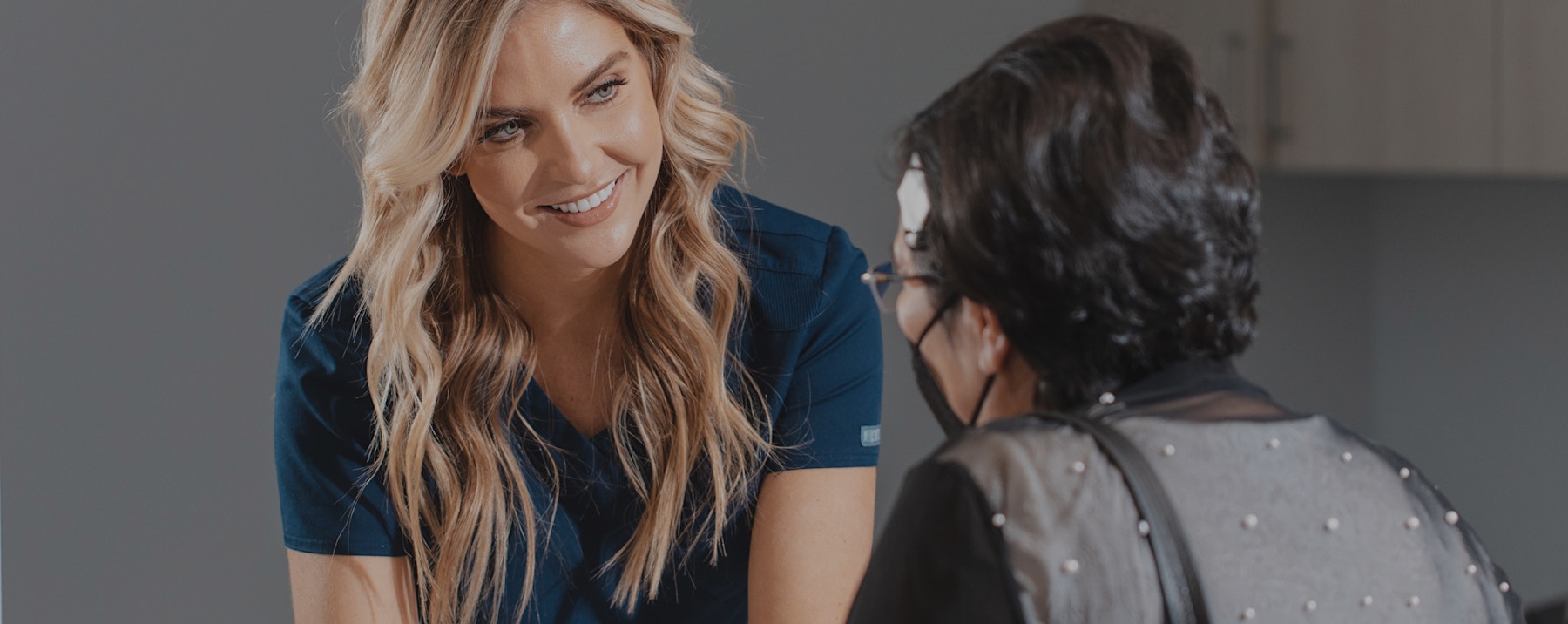
Non-healing surgical wounds can be serious and must be carefully evaluated and treated. All types of non-healing surgical wounds can be successfully addressed. Catching any infection in time allows your doctor to apply the right therapies to trigger rapid healing, resolve discomfort, and avoid further complications. In most cases, a simple visual examination is all that’s needed to determine the right treatment. In some cases, blood tests or imaging such as X-rays or an MRI may be needed. What diagnostic tools are required depends upon:
- Size, severity, and condition of the wound
- Patient overall health
- Location of the wound on the body
Causes of non-healing wounds
Bacteria
Improperly disinfected surgical sites are rare, as disinfecting surgical sites is standard, but in some cases, it can happen. The bacteria may have migrated from other parts of the body through loosened bandages or entered the wound site during a dressing change. Abdominal or intestinal surgeries have a higher risk of bacterial infections due to the location on the body.
Weakened immune system
The immune system is your body’s primary repair response. The immune system launches a complicated process of chemicals and hormones to ward off any invader to the system. For various reasons, some people have immune systems that can be easily overwhelmed or lack the response necessary to heal surgical wounds. Underlying causes can be chronic illness, stress, anxiety, poor diet, advanced age, excess weight, or lifestyle issues such as smoking or excessive consumption of alcohol.
Emergency surgery and surgeries lasting over two hours
Emergency surgeries are performed to save lives and to prevent a cascade of further health problems. In these cases, minimal preparations may have been taken, or bacteria entered an open wound in an accident or injury. Surgeries that last over two hours may cause the open wound to begin the process of sealing up. When a wound is closed, it may have gaps where bacteria can enter or could close too early in some areas, later requiring tissue debridement.
Radiation
Preoperative radiation has a direct impact on normal tissue that can cause degenerative changes in the wound and make healing more difficult. This can be a factor in non-healing wounds, even if the radiation took place years in the past.
How wounds heal
Wounds heal in stages, just like you experienced in your childhood cuts and scrapes. Wound healing is a process, and when the process is interrupted, healing is delayed or can be halted altogether. The process involves blood clotting, caused by a mass of platelets and proteins in your blood plasma that begin to mend the cut and reunite the skin and underlying tissues. Blood vessels open up the area through swelling to bring in oxygen and white blood cells that get busy fighting off any infection. Broken blood vessels are repaired, and new tissue grows as the cells create tough white fibers of collagen that act as the foundation for new tissue. As the healing progresses, the edges pull together, and the wound shrinks in size. Finally, the scab falls off. Deep wounds typically leave scar tissue.
Wound Evolution
Modern medicine has developed several techniques to resolve non-healing surgical wounds. At Wound Evolution, we offer a range of treatment protocols to speed healing and resolve surgical wounds that are not healing correctly. Our center was established to provide groundbreaking, professional wound care with the support of caring, compassionate professionals.

